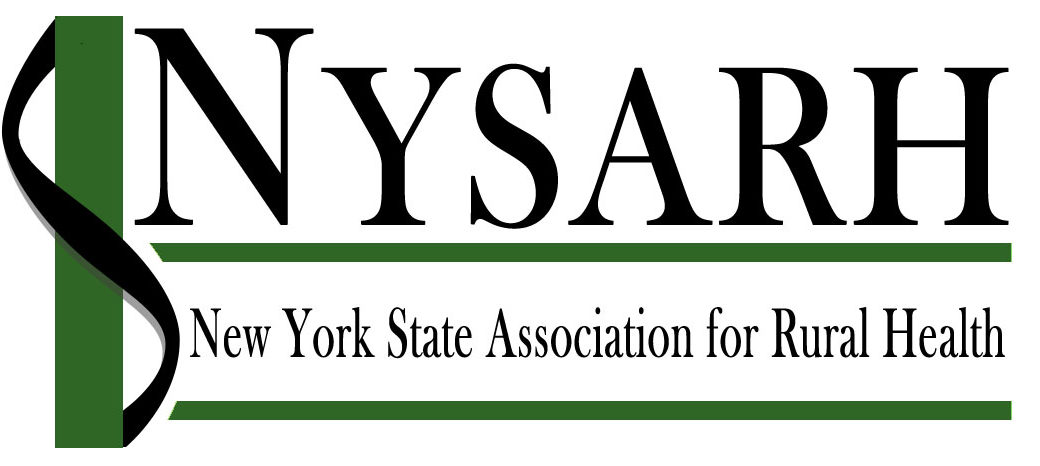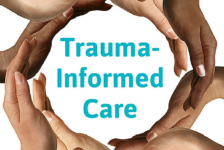Hard Times for Rural EMS
By Melissa Brook, Gouverneur, NY Rescue Squad; Mark Deavers, Gouverneur, NY Rescue Squad; and Ann Smith; NYSARH Member; North Country EMS Agency/Fort Drum Regional Health Planning Organization; and Lisbon, NY Rescue Squad
As the fear of COVID-19 began to race across the country, rural emergency medical services (EMS) braced themselves for a different war, and today, it is now a fight to survive. A lack of personal protective equipment (PPE), skyrocketing operational costs, workforce shortages, and plummeting revenue leave the future of rural EMS on life support. For decades, rural EMS has been overlooked by governments and insurance companies through low reimbursement rates, which are often below the cost of doing business. When the COVID-19 pandemic arrived, this vital portion of the healthcare infrastructure was ill-prepared and now may be on the verge of collapse. While all of healthcare scrambled to adapt to the ever-changing information, the struggles of EMS were unique in many ways.
Rural EMS is primarily covered by volunteer providers or combination agencies supplemented by a small number of paid staff. Volunteer providers found themselves making difficult choices: to follow their calling and care for their communities or to work their paying job and provide for their families. As healthcare workers are frequently the first people exposed to COVID, they were feared by a community uncertain of how the emerging virus was spread. Many employers were forced to make decisions between allowing their employees to volunteer and help their community outside work or to maintain a safe workplace. Some employers were required to do a health screening, which would not allow volunteer EMS providers to work because of possible exposure from being in an ambulance or an ER with potentially infected patients. With the deficit of volunteer providers, losing even one or two from an EMS agency is detrimental, and they are forced to increase paid staff hours, creating a substantial financial strain. Agencies without the mechanism of paid providers have no options but to rely on neighboring agencies.
Early in the pandemic, the availability of PPE was as limited as the knowledge of how the disease spread. Seeking medical care was thought to spread the virus, especially in confined spaces, such as an ambulance. Unknown facts surrounding the illness led to high levels of anxiety and confusion about how to best respond to COVID calls while still providing the highest level of care and maintaining patient and crew safety. Leadership was unsure of how to train their crews to respond appropriately, and the stakes were high. Just one member of an EMS agency who contracted the virus could have potentially infected everyone in the agency, effectively shutting it down.
Too afraid of contracting the disease at the hospital when they needed medical care, patients often waited until they became critical to call 9-1-1. Conditions that were treatable pre-COVID were being ignored as routine medical care came to a halt. This fear drove down call volumes and revenue in already strapped budgets and exacerbated agencies’ abilities to afford the cost of readiness to respond to the pandemic. Decades of neglect from insurance payers, especially Medicaid and Medicare, had already left EMS agencies on shoestring budgets in a typical operating year, especially rural agencies. Unlike ambulance services in hotspots that saw their highest call volumes ever recorded, many rural EMS services saw a greater than 40% reduction in volume. Additionally, while hospitals may have ample support staff and can reduce staffing based on patient census, EMS agencies function with a skeleton crew in the best of times and cannot reduce labor costs. These small agencies were unable to absorb that kind of loss.
Also, unlike hospitals, EMS agencies did not receive increased Medicare reimbursement of 20% per confirmed or presumed COVID patient to offset the costs. Instead, they saw a reduction in patient volume and a substantial increase in expenses for PPE and decontamination equipment and devices. EMS agencies have higher usage rates of PPE per provider than hospital staff due to not being isolated to one environment and lacking the decontamination support a health system would have the capability to provide.
For the past several years, the long-term sustainability of rural EMS systems has been of great concern. Through the COVID-19 pandemic, the entire rural EMS infrastructure is at risk for further widespread deterioration. The financial and staffing uncertainties in the wake of these trying times have caused an additional strain that will continue to negatively impact the EMS system for years to come. The possibility of a second wave is a grave concern due to the steep existing financial deficit worsened by the first wave. A second wave would likely close a significant number of rural EMS agencies, leading to a substantial lack of pre-hospital emergency care that will put the lives of rural Americans at risk. As a country, we will survive the pandemic; however, the survivability of rural EMS is profoundly in question.
For more information contact Ann Smith at Fort Drum Regional Health Planning Organization at asmith@fdrpo.org.



